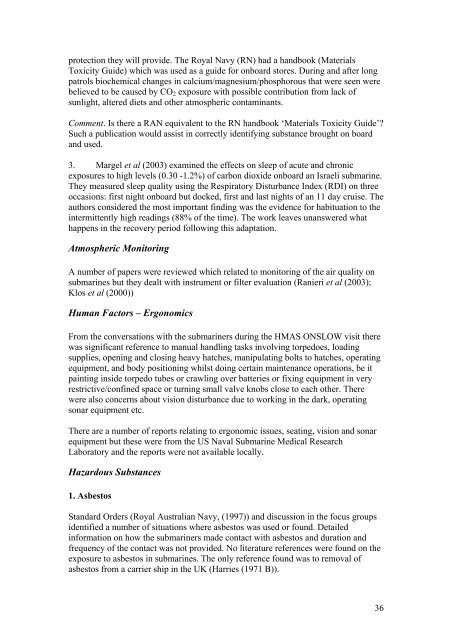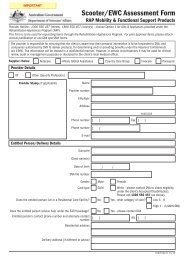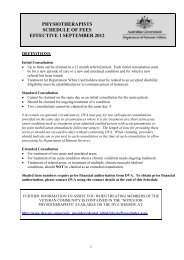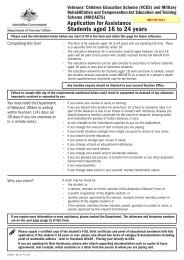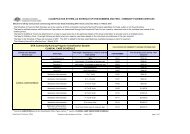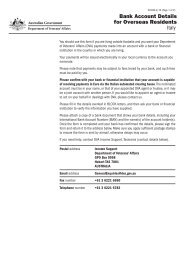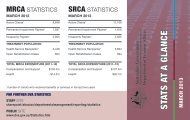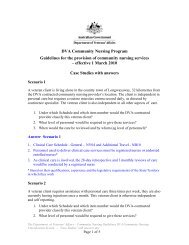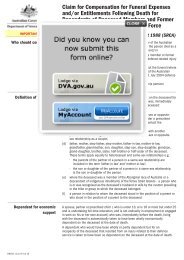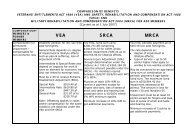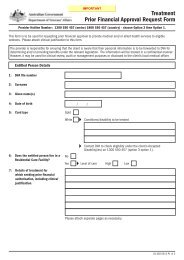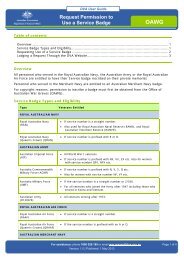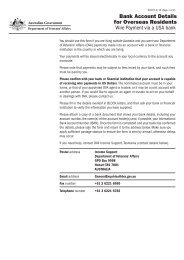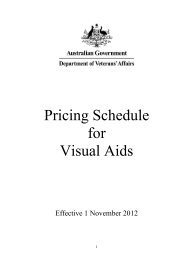Oberon Class Submarine Occupational Hygiene Project Final Report
Oberon Class Submarine Occupational Hygiene Project Final Report
Oberon Class Submarine Occupational Hygiene Project Final Report
You also want an ePaper? Increase the reach of your titles
YUMPU automatically turns print PDFs into web optimized ePapers that Google loves.
protection they will provide. The Royal Navy (RN) had a handbook (MaterialsToxicity Guide) which was used as a guide for onboard stores. During and after longpatrols biochemical changes in calcium/magnesium/phosphorous that were seen werebelieved to be caused by CO 2 exposure with possible contribution from lack ofsunlight, altered diets and other atmospheric contaminants.Comment. Is there a RAN equivalent to the RN handbook ‘Materials Toxicity Guide’?Such a publication would assist in correctly identifying substance brought on boardand used.3. Margel et al (2003) examined the effects on sleep of acute and chronicexposures to high levels (0.30 -1.2%) of carbon dioxide onboard an Israeli submarine.They measured sleep quality using the Respiratory Disturbance Index (RDI) on threeoccasions: first night onboard but docked, first and last nights of an 11 day cruise. Theauthors considered the most important finding was the evidence for habituation to theintermittently high readings (88% of the time). The work leaves unanswered whathappens in the recovery period following this adaptation.Atmospheric MonitoringA number of papers were reviewed which related to monitoring of the air quality onsubmarines but they dealt with instrument or filter evaluation (Ranieri et al (2003);Klos et al (2000))Human Factors – ErgonomicsFrom the conversations with the submariners during the HMAS ONSLOW visit therewas significant reference to manual handling tasks involving torpedoes, loadingsupplies, opening and closing heavy hatches, manipulating bolts to hatches, operatingequipment, and body positioning whilst doing certain maintenance operations, be itpainting inside torpedo tubes or crawling over batteries or fixing equipment in veryrestrictive/confined space or turning small valve knobs close to each other. Therewere also concerns about vision disturbance due to working in the dark, operatingsonar equipment etc.There are a number of reports relating to ergonomic issues, seating, vision and sonarequipment but these were from the US Naval <strong>Submarine</strong> Medical ResearchLaboratory and the reports were not available locally.Hazardous Substances1. AsbestosStandard Orders (Royal Australian Navy, (1997)) and discussion in the focus groupsidentified a number of situations where asbestos was used or found. Detailedinformation on how the submariners made contact with asbestos and duration andfrequency of the contact was not provided. No literature references were found on theexposure to asbestos in submarines. The only reference found was to removal ofasbestos from a carrier ship in the UK (Harries (1971 B)).36


